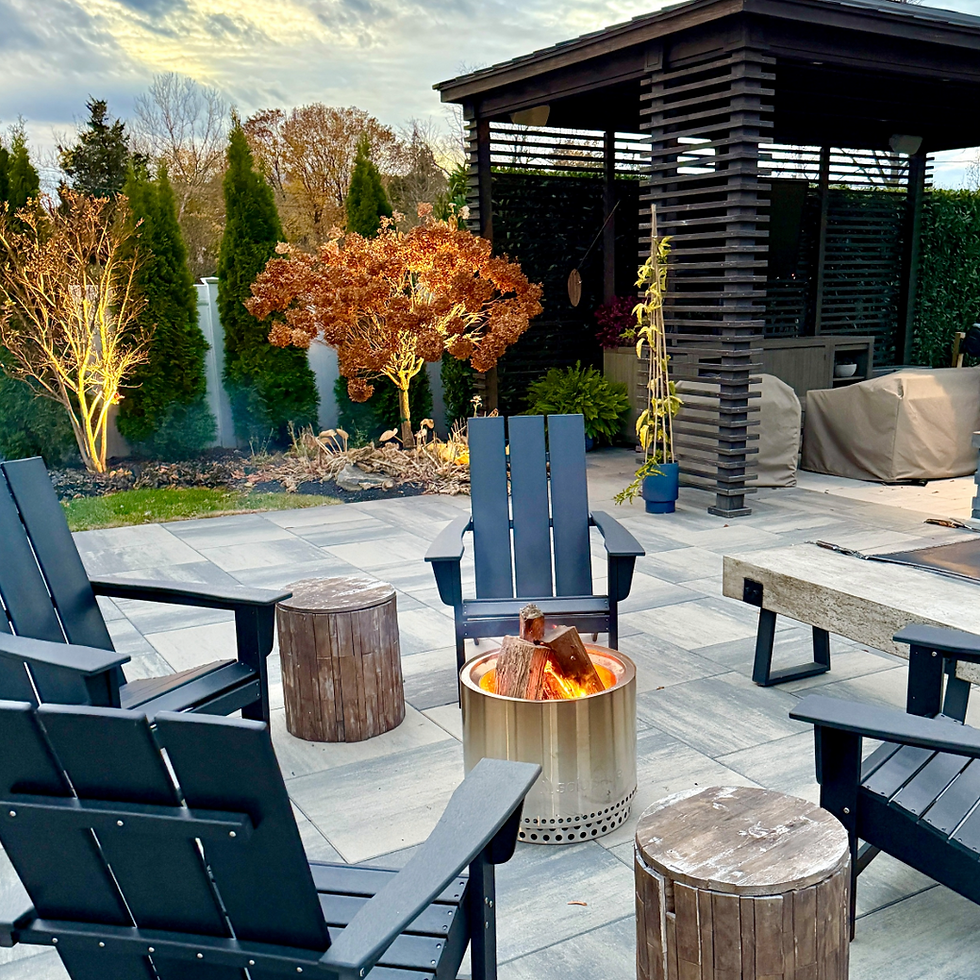Late-Fall Shrub Gardening To-dos
- Rebekah
- Dec 13, 2023
- 2 min read
There are a few simple things to do to show your shrubs some extra love as we head into winter! Many of these easy tasks can be beneficial for other plants also.

Deadhead spent blooms. Plants with large blooms, such as Hydrangeas, should be deadheaded before winter. The reason to do so is because snow and ice can weigh down the stems of these shrubs, damaging the plant. This is not the time to heavily prune shrubs, however. Just snip the dead blooms off.
Put down fresh mulch if it's been a year or more since you did. Fresh mulch insulates all plants and helps protect them from bitterly cold temperatures in winter (as well as really hot days in summer). In winter, think of fresh mulch as a snuggly blanket around the base of your plants. When mulching, if you are using hardwood mulch, it ought to be about 3-4 inches thick when spread on your bed, as it will settle some with rain and wear. If you are using pine or wheat straw, layer it about 4-5 inches thick, to account for it compacting easily and because of the loose nature of the straw. With any type of mulch, leave a bit of room around the crown or base of the plant, as too much mulch at the crown can cause the plant to rot.
Water young evergreen shrubs, and all new plants in general. Lack of water is the most common reason that evergreen trees and shrubs experience winter burn. Our winters in Tennessee are often wet, however, our falls are typically very dry. Now is a good time to water, but to be sure you don't overwater, feel around the base of the plant. If the soil feels very dry, water deeply (approx. every 3-4 days for about 20 minutes on a slow stream from the gardening hose. This is only when we aren't getting good rainfall and for newly planted trees and shrubs). If the soil is moist at the base of the shrub, don't water.
Ask us any questions at the garden center; we're happy to help!



